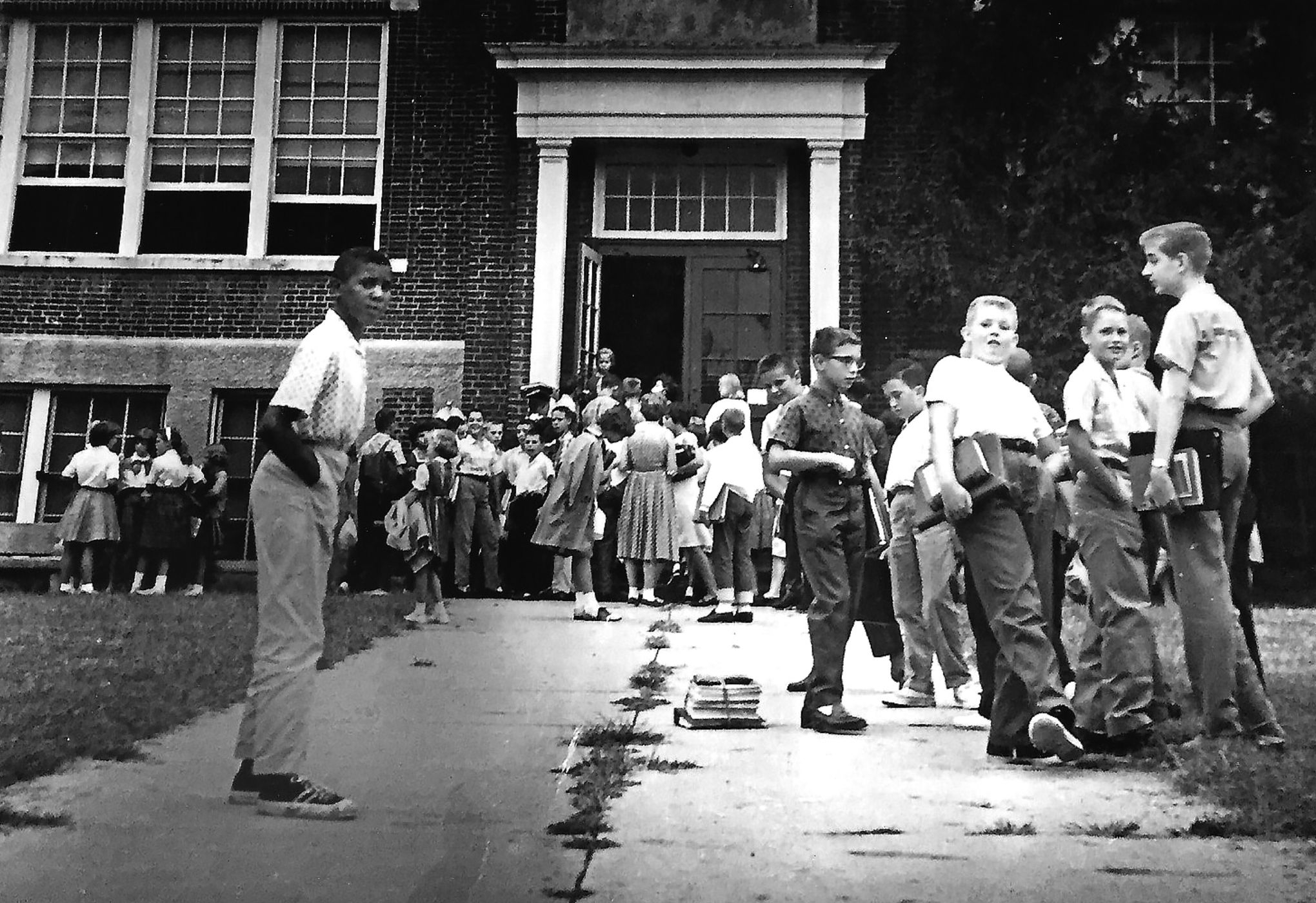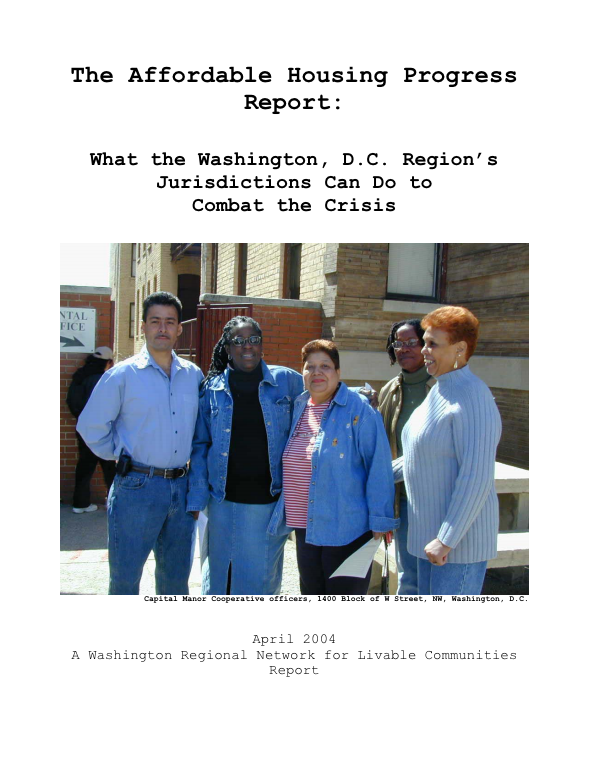The End Of A School Desegregation Order: A Look At The Future Of Education Equality

Table of Contents
H2: Historical Context of School Desegregation Orders
The history of school desegregation in the US is a long and arduous struggle against systemic racism. For decades, segregation was legally mandated, creating a stark disparity in educational opportunities based solely on race. The separate but equal doctrine, upheld by Plessy v. Ferguson (1896), was systematically dismantled by the Supreme Court's landmark ruling in Brown v. Board of Education (1954), declaring state laws establishing separate public schools for black and white students to be unconstitutional. This decision, however, did not immediately end segregation. Significant resistance, including legal challenges and social unrest, delayed and hampered implementation for many years.
-
Timeline of significant legal victories and setbacks:
- 1954: Brown v. Board of Education declares state-sponsored segregation unconstitutional.
- 1957: The Little Rock Nine integrate Central High School, highlighting the intense resistance to desegregation.
- 1964: The Civil Rights Act prohibits discrimination based on race, color, religion, sex, or national origin.
- 1970s-1990s: Various court cases and desegregation orders aimed to achieve racial balance in schools, leading to busing and other integration strategies.
- Present Day: Gradual relaxation and lifting of some desegregation orders, leading to concerns about re-segregation.
-
Examples of successful and unsuccessful desegregation efforts: Some districts successfully integrated through busing programs and affirmative action initiatives, while others faced continued resistance and saw limited progress. The effectiveness often depended on community support and the willingness of local authorities to enforce desegregation orders.
-
The role of resistance to desegregation: Active resistance, ranging from legal challenges to boycotts and violence, significantly delayed and hindered the implementation of desegregation orders in many parts of the country, leaving a lasting impact on the current educational landscape.
H2: The Impact of Lifting a Desegregation Order
The lifting of a school desegregation order carries significant potential risks. One major concern is the resurgence of racial segregation in schools. This can lead to a cascade of negative consequences:
-
Increased racial disparities in school funding and resources: Schools in predominantly minority neighborhoods often receive less funding and resources than those in predominantly white neighborhoods, perpetuating the cycle of inequality. This disparity can manifest in inadequate facilities, fewer qualified teachers, and limited access to advanced courses.
-
Impact on student achievement and graduation rates: Studies consistently show a correlation between school segregation and lower academic achievement for minority students. Limited access to quality education can significantly impact graduation rates, college admissions, and future opportunities.
-
Potential for increased racial tension and segregation in schools: The absence of desegregation orders can create a climate where racial and ethnic isolation becomes more pronounced, potentially leading to increased racial tension and conflict within the school community.
-
The role of housing segregation in perpetuating school segregation: Residential segregation often plays a significant role in school segregation. Concentrated poverty and racial segregation in housing patterns can lead to the creation of schools that are predominantly minority and under-resourced.
H2: Strategies for Maintaining Educational Equity Post-Desegregation Order
Preventing re-segregation and ensuring equitable access to education requires proactive strategies at all levels of governance. This includes:
-
Investing in equitable school funding models: Implementing funding formulas that allocate resources based on student need, rather than property taxes, can help address the funding disparities between schools in different communities.
-
Implementing robust school choice programs that promote integration: Well-designed school choice programs can encourage diversity by providing families with options to attend schools outside their immediate neighborhood, provided that the programs are designed to facilitate integration and not simply reinforce existing segregation.
-
Promoting diversity and inclusion initiatives in schools: Schools should actively foster inclusive environments that celebrate diversity and address issues of racial bias and discrimination. This may include culturally responsive teaching, anti-bias training for staff, and the creation of diverse curricula.
-
Addressing underlying issues of housing segregation and economic inequality: School desegregation is intimately linked to broader societal issues of housing and economic inequality. Addressing these underlying issues is crucial to fostering long-term educational equity.
-
The importance of community involvement and parental engagement: Engaging parents and the wider community in school decision-making can foster a sense of shared responsibility and promote the success of desegregation efforts.
H2: Measuring the Success of Desegregation Efforts (or lack thereof)
Accurately measuring the impact of desegregation efforts is challenging. While standardized test scores provide some data, they have limitations:
-
Limitations of standardized testing as a measure of educational equity: Standardized tests may not fully capture the complex factors influencing student achievement and may inadvertently perpetuate biases.
-
The importance of qualitative data in understanding the lived experiences of students: Qualitative data, such as student surveys and interviews, can provide valuable insights into the lived experiences of students and the impact of school segregation on their academic and social-emotional well-being.
-
The need for longitudinal studies to track the long-term effects of desegregation (or re-segregation): Longitudinal studies are crucial for understanding the long-term consequences of desegregation policies and for informing future interventions.
3. Conclusion:
The end of a school desegregation order doesn't signify the end of the fight for educational equality. The potential for re-segregation and its detrimental effects on student achievement and social integration highlight the ongoing need for proactive measures to ensure equitable access to quality education for all students. We must remain vigilant and actively work towards creating a future where all students have access to quality education, regardless of race or background. Let's continue the dialogue about school desegregation and fight for true educational equity. For more information and to find ways to get involved, visit [Link to relevant organization working on school desegregation issues].

Featured Posts
-
 Fin De La Francafrique Declaration De Macron Depuis Le Gabon
May 03, 2025
Fin De La Francafrique Declaration De Macron Depuis Le Gabon
May 03, 2025 -
 Incidenti Tragjik Ne Ceki Sulm Me Arme Te Bardhe Ne Qender Tregtare
May 03, 2025
Incidenti Tragjik Ne Ceki Sulm Me Arme Te Bardhe Ne Qender Tregtare
May 03, 2025 -
 Record Breaking Heat Pump Launched At Utrecht Wastewater Treatment Facility
May 03, 2025
Record Breaking Heat Pump Launched At Utrecht Wastewater Treatment Facility
May 03, 2025 -
 Fortnite Issues Refunds What Does This Mean For Cosmetic Purchases
May 03, 2025
Fortnite Issues Refunds What Does This Mean For Cosmetic Purchases
May 03, 2025 -
 This Country A Detailed Overview For Travelers And Investors
May 03, 2025
This Country A Detailed Overview For Travelers And Investors
May 03, 2025
Latest Posts
-
 New Affordable Homes For Strathdearn Tomatin Schoolchildren Participate In Groundbreaking Ceremony
May 04, 2025
New Affordable Homes For Strathdearn Tomatin Schoolchildren Participate In Groundbreaking Ceremony
May 04, 2025 -
 Affordable Housing Progress In Tomatin Strathdearn Project Begins
May 04, 2025
Affordable Housing Progress In Tomatin Strathdearn Project Begins
May 04, 2025 -
 Tomatin Pupils Celebrate Groundbreaking Of New Affordable Housing In Strathdearn
May 04, 2025
Tomatin Pupils Celebrate Groundbreaking Of New Affordable Housing In Strathdearn
May 04, 2025 -
 Netherlands Considers Bringing Back Ow Subsidies To Stimulate Competition
May 04, 2025
Netherlands Considers Bringing Back Ow Subsidies To Stimulate Competition
May 04, 2025 -
 Strathdearn Community Project Reaches Milestone Tomatin Affordable Housing
May 04, 2025
Strathdearn Community Project Reaches Milestone Tomatin Affordable Housing
May 04, 2025
